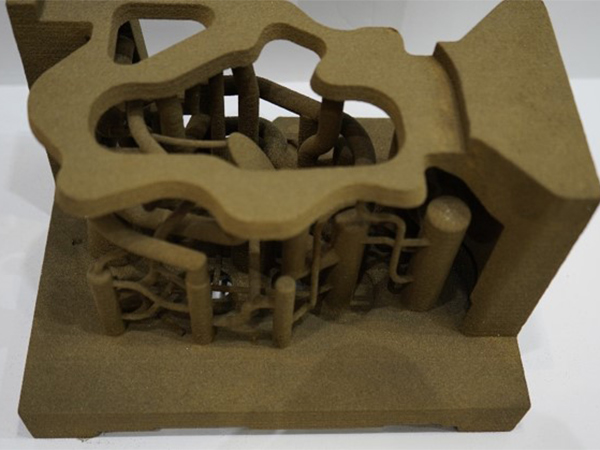The Future of Sand 3D Printing Revolutionizing Construction and Design
In recent years, 3D printing has emerged as one of the most transformative technologies across various industries. Among the many innovative materials used in 3D printing, sand has surfaced as a game-changer, paving the way for more sustainable and efficient construction methods. This technology, often referred to as sand 3D printing, is not only revolutionizing the way we think about building and manufacturing but is also opening up new possibilities in design and architecture.
Understanding Sand 3D Printing
At its core, sand 3D printing involves the use of sand as a primary material for creating objects through additive manufacturing. Typically, a 3D printer deposits a layer of sand and selectively binds it using a liquid binder or any other additive that solidifies the material. This process allows for the creation of intricate and complex shapes that would be nearly impossible to achieve using traditional methods.
One of the most notable uses of sand 3D printing is in the field of construction. The technology enables the creation of molds and formworks for casting concrete structures, significantly reducing the time and labor involved in the building process. Moreover, because the molds can be designed and printed with intricate details, architects and engineers can experiment with more innovative and unique designs, pushing the boundaries of modern architecture.
Sustainable Practices
Sand 3D printing is also gaining attention due to its potential for sustainability. Traditional construction methods often involve substantial waste generation and high energy consumption. In contrast, sand 3D printing allows for greater material efficiency, as it produces only the necessary components required for construction with very little waste. Additionally, the use of locally sourced sand can also reduce the carbon footprint associated with transporting building materials, making this method even more appealing in terms of environmental impact.
Furthermore, the ability to recycle and reuse sand adds another layer of sustainability to the process. At the end of a structure’s life cycle, the sand can be reclaimed, cleaned, and used for new projects, thus promoting a circular economy in the construction industry. This not only preserves natural resources but also drastically lowers the costs associated with procuring new materials.
sand 3d print

Applications in Various Fields
Beyond construction, sand 3D printing has potential applications in a variety of fields, including art, fashion, and even aerospace. In the realm of art, artists are exploring sand 3D printing to create sculpture pieces that reflect modern aesthetics and techniques. This technology allows for intricate designs that showcase the artist’s vision in a way that traditional craftsmanship might not permit.
In the fashion industry, designers are beginning to adopt sand 3D printing to create bespoke pieces and accessories, which can be tailored to the individual's preferences and body shapes. This level of customization not only enhances the consumer experience but also contributes to reducing textile waste, as items can be produced on-demand.
The aerospace sector is also pioneering the use of sand 3D printing for producing lightweight components that are both durable and efficient. Since every gram counts in aerospace engineering, utilizing sand as a building material offers a significant advantage in reducing overall weight without compromising structural integrity.
Challenges and Future Directions
Despite its numerous benefits, sand 3D printing is not without challenges. The technology is still relatively new, and industries are navigating issues related to scalability, material properties, and regulatory considerations. Additionally, while sand 3D printing is proving to be a viable option for specific applications, widespread adoption will require overcoming technical barriers and ensuring quality control processes are in place.
As the technology matures, we can expect further innovations and improvements. Research into alternative binders and advanced sand formulations will likely enhance the capabilities of sand 3D printing, making it even more versatile and applicable to a broader range of industries.
In conclusion, sand 3D printing is positioned at the forefront of a manufacturing revolution, promising to reshape how we build, create, and design. Its potential for sustainability, efficiency, and creativity makes it an exciting avenue for both current and future generations. As we continue to explore the possibilities of this technology, we inevitably move closer to a future where construction and design are not only innovative but also environmentally responsible.
Post time:Pro . 07, 2024 10:36
Next:resin sand
